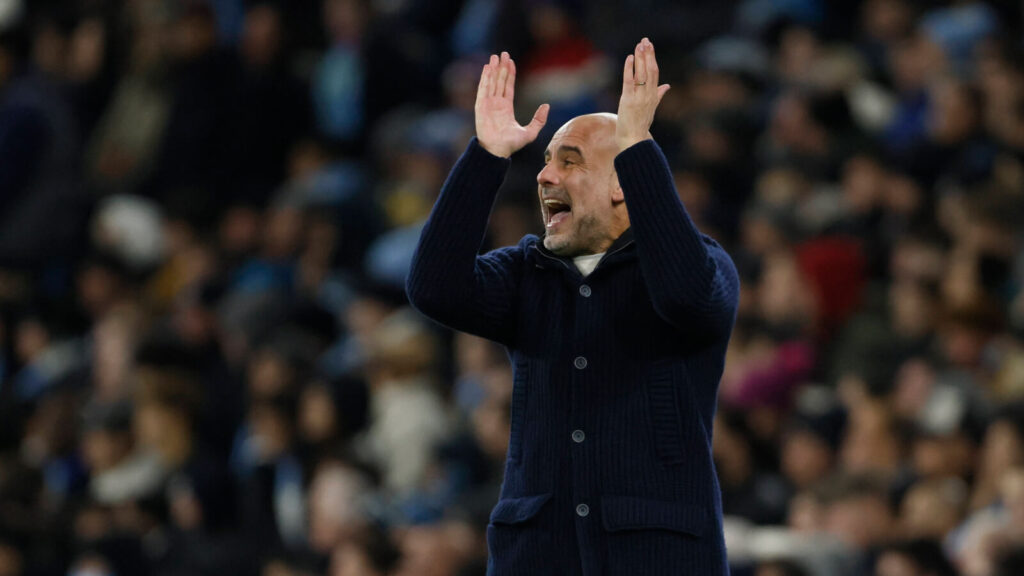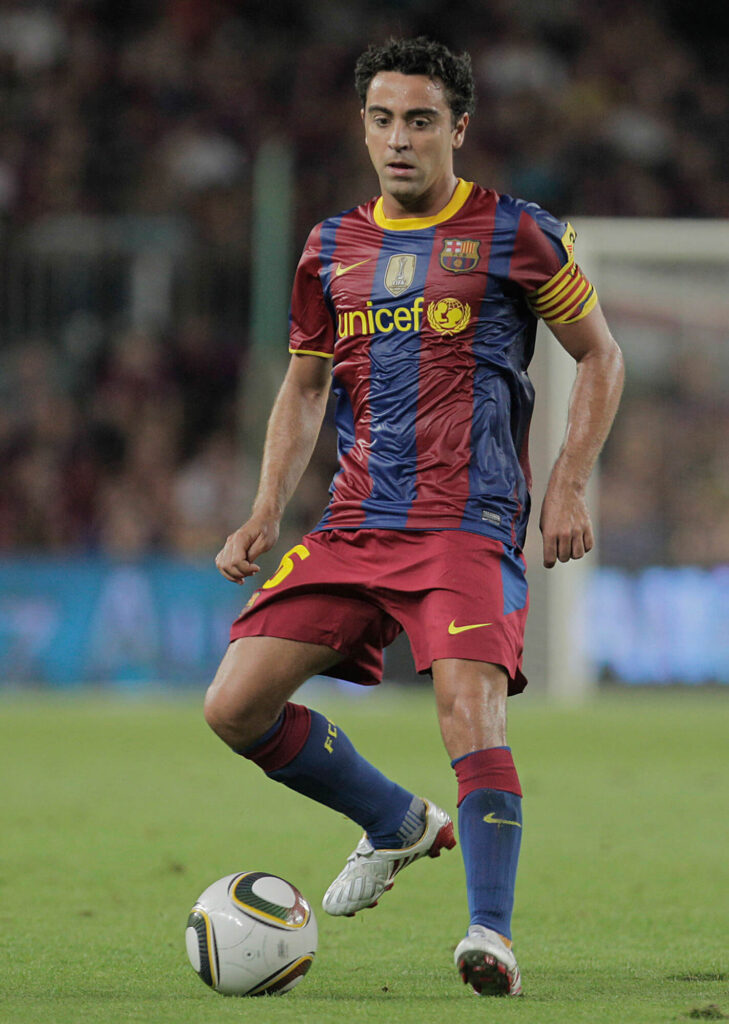Lionel Messi is not only the best player of his generation – he’s an attacking tactician who reshaped the meaning of the forward position. In Pep Guardiola’s FC Barcelona, Messi as a false nine did more than bewildering defenders. Lionel Messi didn’t just play football – he rewrote it. He changed the game from the inside out, turning a clever idea into a global standard. It wasn’t just about goals. It was about revolution.
This positional breakthrough became the building block of contemporary attacking football, and it affected a generation of coaches and players worldwide.
The False Nine Genesis
The false nine is not new – it had been employed previously in the history of football. But it was Lionel Messi who brought it onto the global stage. Pep Guardiola used it boldly in 2009 during El Clásico against Real Madrid. Rather than utilizing Messi as a typical winger or striker, he placed him centrally in attack – except that Messi wasn’t playing like a regular No. 9.
Instead of remaining up front, Messi came deep into midfield, pulling defenders out of position and causing confusion. This freed up teammates such as Samuel Eto’o, Thierry Henry, and Andrés Iniesta to play in the space he vacated. The outcome? A breathtaking 6–2 win at Santiago Bernabéu – and the invention of the modern false nine.

Tactical Impact: Redefining Forward Play
Previously, the center-forward position was all about finishing, positioning, and being physically strong. The strikers remained high, waited for crosses, and netted goals.
Messi, as a false nine, disrupted that system. Drifting between the lines, he confused positions between striker, midfielder, and playmaker. He overran the midfield, broke up defensive shapes and was the creative pulse of the attack. Defenders were torn in two ways – follow him and leave himself exposed, or keep a line and allow him to control the game.
Such a change compelled managers to redefine the way they organize their teams. Pressing systems, zonal marking and deep-lying playmakers are all developed based on Messi’s movement. His intelligence and technical brilliance turned an idea into a global phenomenon.
Individual Brilliance: The Complete Attacker
Messi wasn’t a system player. Instead, he took the system to a different level with his special talent. He made it impossible to mark him because of his dribbling, vision, passing, and finishing. Being a false nine, he was free to playmaker or score himself.
In the 2011 Champions League final, Messi controlled Manchester United from this position, getting on the score sheet and regularly dropping deep to suffocate United’s midfield. Even Sir Alex Ferguson conceded, “Nobody’s given us a hiding like that.”
Messi’s record as a goalscorer in this deeper role is breathtaking. He netted 73 goals in the 2011–12 campaign, the highest by any top-level player in Europe over a single season. His flexibility not only made him a tactical oddity, but the most lethal footballer in the game.

Barcelona’s Tactical Evolution
Guardiola’s Barcelona team (2008–2012) is generally regarded as the greatest club team in history – and Messi as a false nine was the tactical hub.
With Xavi and Iniesta controlling midfield and Dani Alves providing width, Messi’s central, roaming role created constant fluidity. This system, known as tiki-taka, relied on quick passing, positional rotations, and total control of the ball. Messi’s ability to drop deep, combine, and then burst forward completed the puzzle.
His counterfeit nine position opened up defenses not by strength, but by intelligence and accuracy. It was the ultimate tool in Guardiola’s football ideology, which took Barcelona to two Champions League titles, three La Liga crowns, and universal adoration.

Changing Football Across the Globe
After Messi’s success, the false nine role exploded around the world. Different coaches in other top leagues tried similar systems. Francesco Totti, Cesc Fàbregas, Roberto Firmino, and Kai Havertz have all been deployed as false nines at some point in time, all under the inspiration of the blueprint Messi helped perfect.
Even at the international level, the trend was followed. Spain, under Vicente del Bosque, won Euro 2012 in many matches without a conventional striker, instead deploying Fàbregas as a false nine. No longer did it come down to sheer physicality but rather wits, movement, and technical skill – making that ripple effect of Messi’s role at Barcelona.
From then on, young forwards throughout the world started to train in developing rather than goal-scoring, creation, and thinking. Thus, the striker always became a jack of all trades—and Messi was the master template.

Legacy: The Modern Forward Template
The false nine days of Messi reshaped the forward as seen to the present. A modern center forward is able to poach but also shall go deep into midfield, connect with teammates, and perform defensive duties. Erling Haaland, Harry Kane, and Kylian Mbappé are not seen traditionally as false nines, but they do incorporate several principals of Messi’s movement and creativity into their games.
More than just stats or trophies, Messi’s greatest impact may be how he expanded what was possible for a forward. He redefined the position, forced tactical innovation and inspired a new footballing system.
